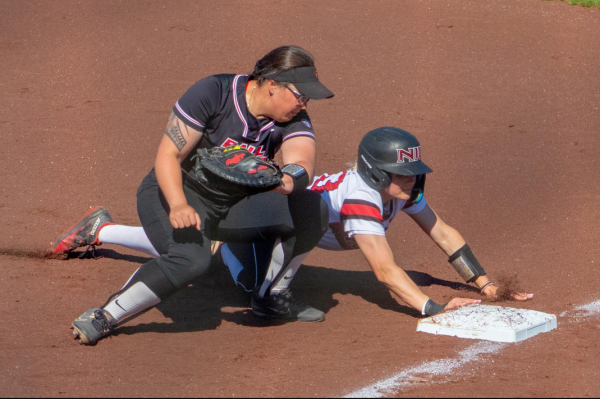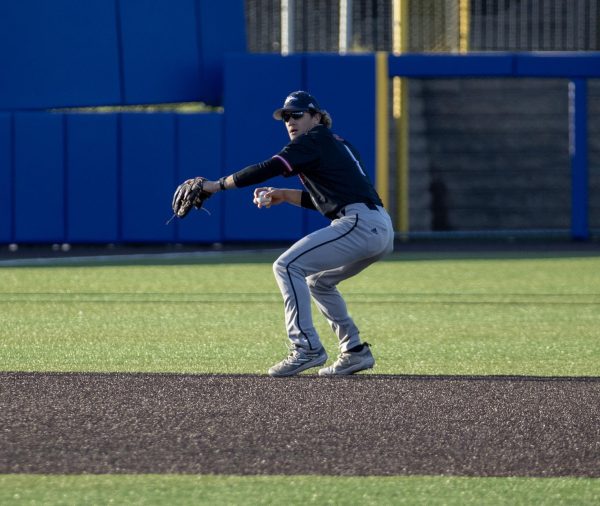Madden in the classroom?
September 5, 2006
DeKALB | This fall, some instructors can take a page from John Madden’s playbook.
Sympodium interactive pen displays have been added to the eight general-purpose smart classrooms in the Psychology-Computer Science Building. While each 17-inch display may look like a regular flat-panel display, there are some major differences. Each touch screen allows users to highlight, draw, annotate and copy any image that regularly appears on the screen.
The displays are part of a pilot program in the Smart Classroom Initiative, which is sponsored by the Provost’s Office. Vice Provost for Resource Planning Frederick Schwantes , initiated the pilot program to help determine if instructors want additional presentation tools in the smart classrooms, said Jim Bollenbach, Head of Media Technical Services.
In addition to being able to draw on the screen, software included with the displays has templates teachers can use as backgrounds.
While each interactive pen display costs about $1,500 — a standard flat-panel display costs $150 to $300 — they offer more functionality and could potentially replace other costly pieces of smart-classroom technology.
In coming weeks, some instructors in the pilot program also will be able to try out the Airliner slate. These slates are wireless tablets that can do much of the drawing and highlighting available with the panel display. Bollenbach said the slates could be useful in situations when, instead of having students get up and write on the board, a teacher could simply hand them the slate.
Eventually the displays can replace standard computer monitors, Bollenbach said. As to whether or not it could completely replace other pieces of smart classroom technology, this is something the initiative is trying to find out, he said.
In the future, Bridget networking software may help solve technical problems in smart classrooms. This software would give NIU Media Services the ability to remotely access a smart classroom computer and possibly solve technological problems without physically walking down to the classroom.












